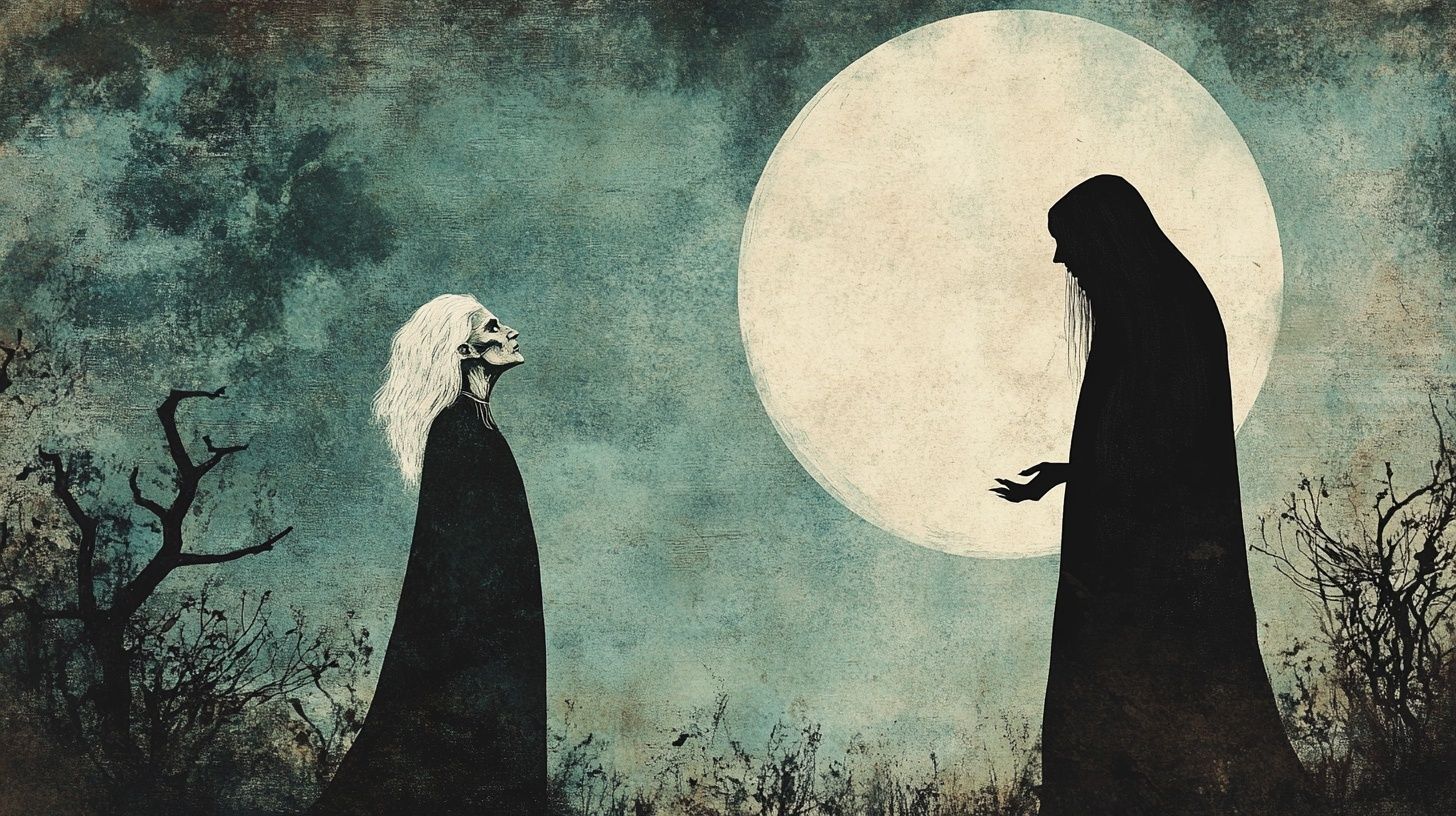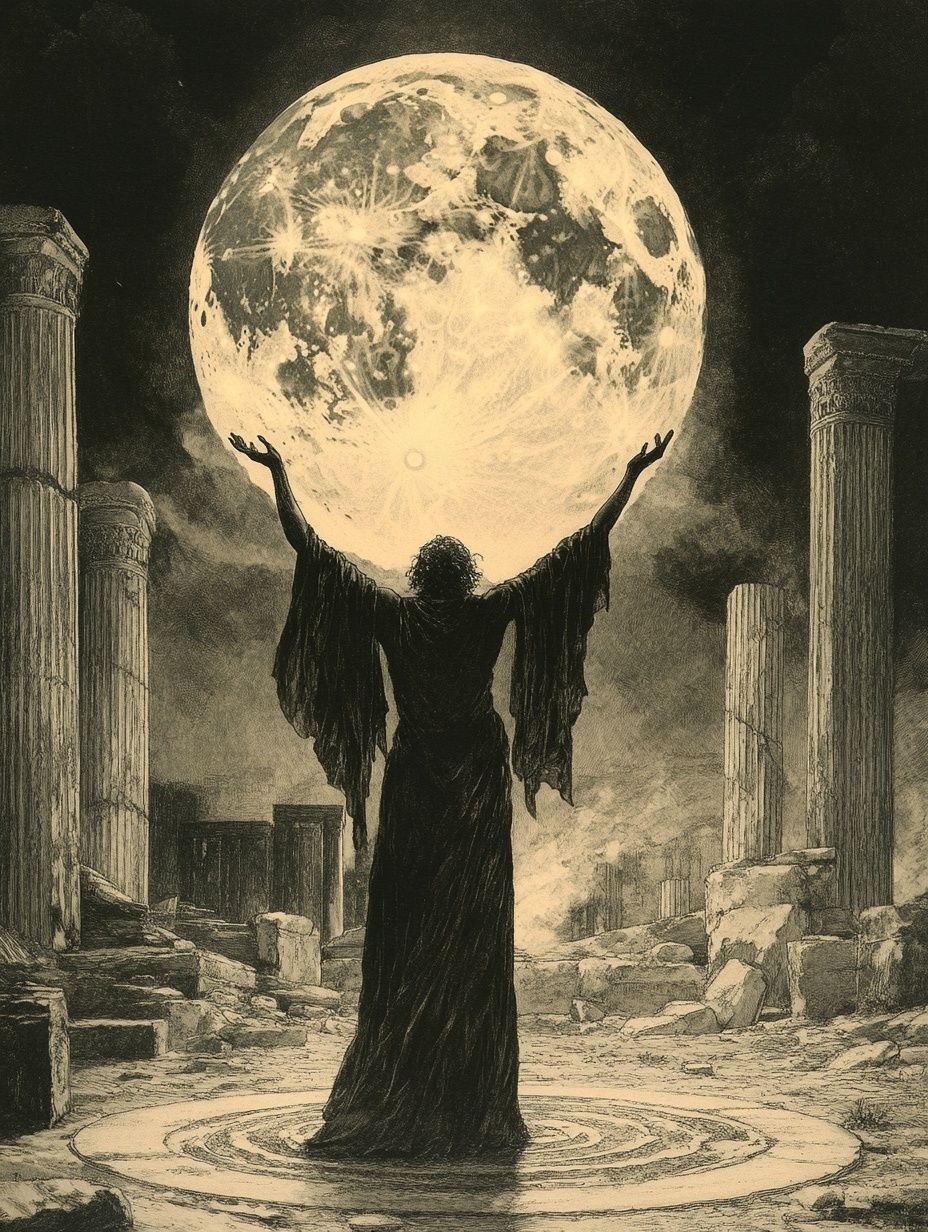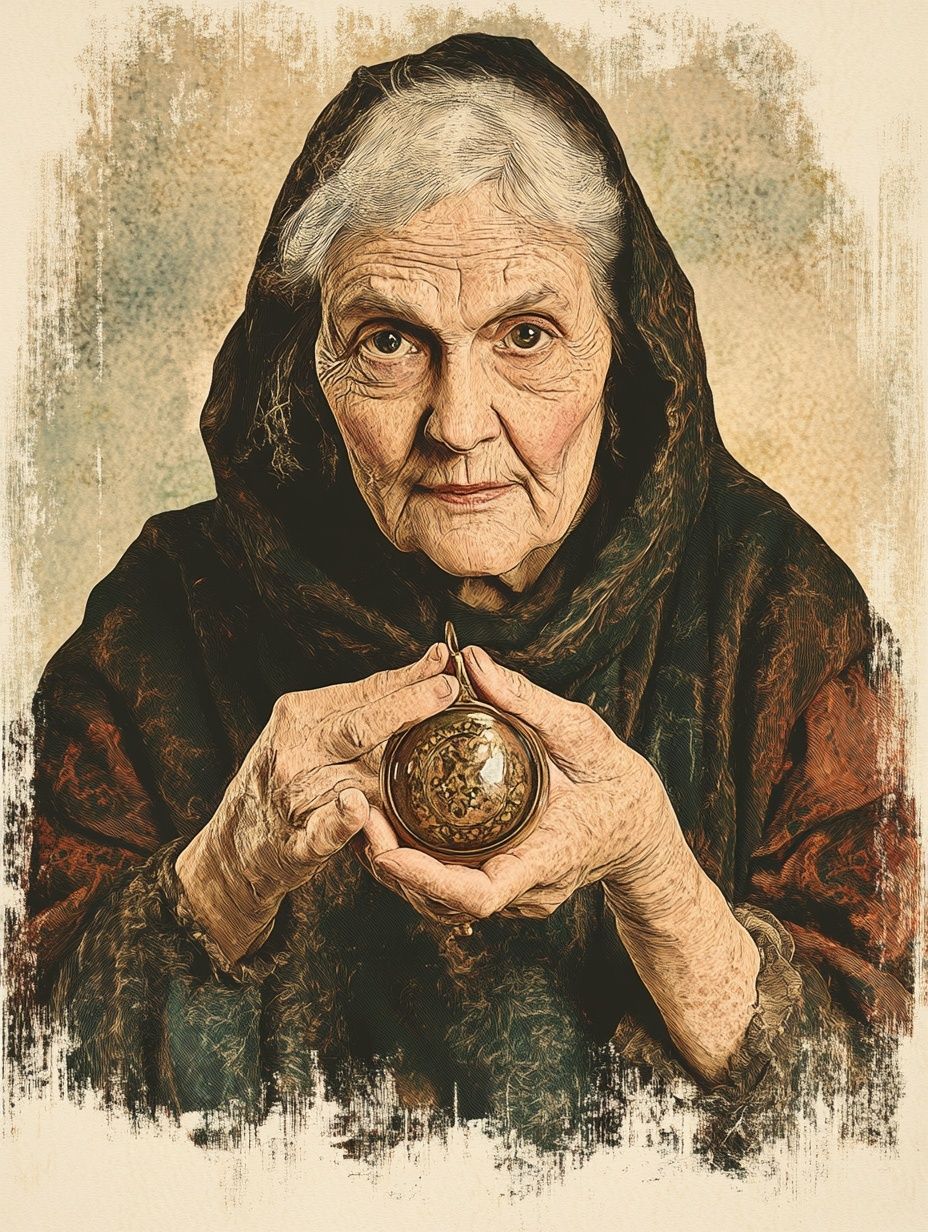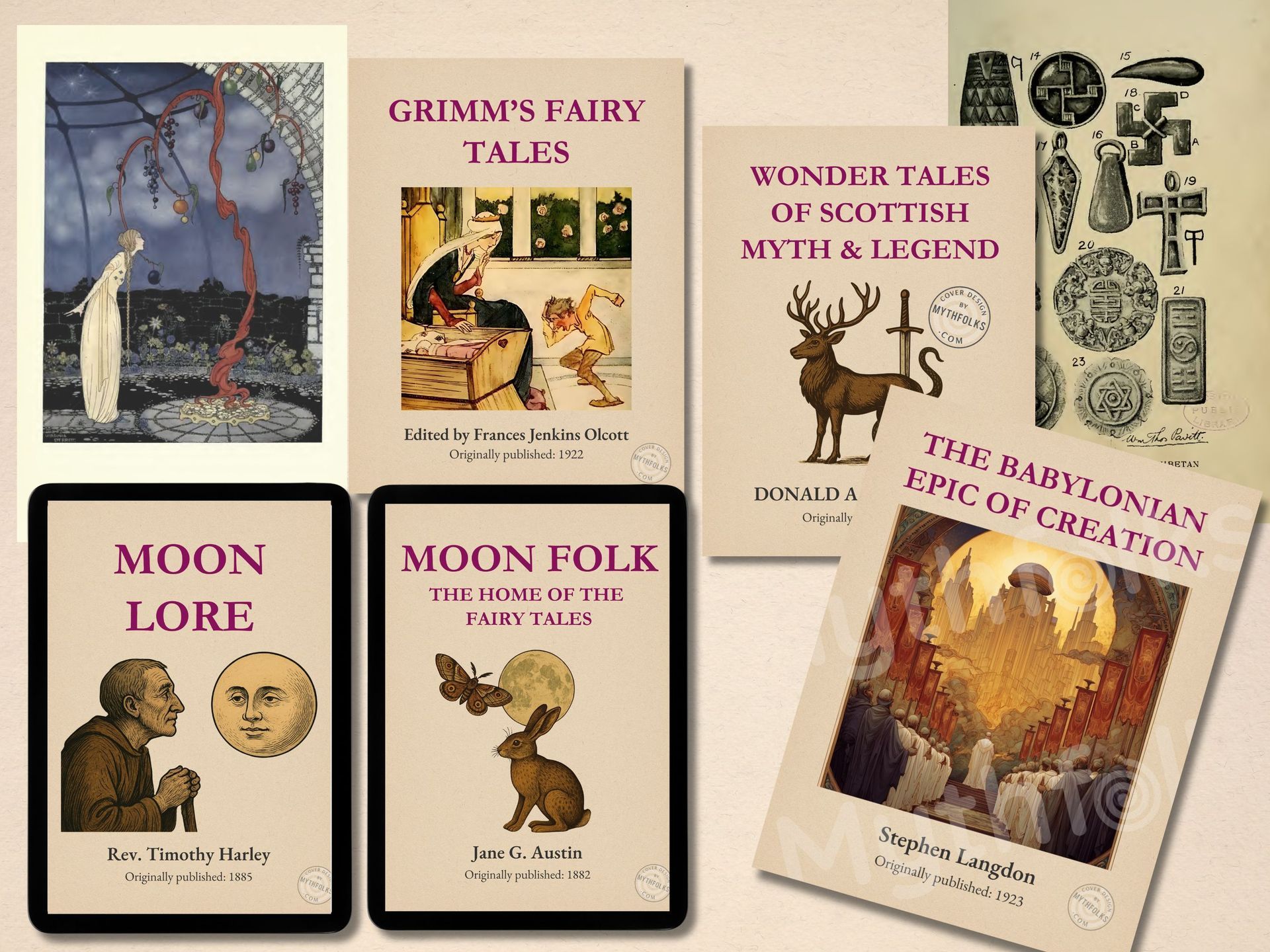Witch folklore: myths, legends and superstition in Europe, USA and beyond
In this article:
Witchcraft has a complex and often brutal history that spans centuries and touches nearly every corner of the world.
What began as ancient myths and tales of fantasy magic later evolved into widespread fear, persecution and, ultimately, tragedy.
From early societies that worshipped mystical figures to the witch hunts of the Middle Ages and famous witch trials like those in Salem. Witchcraft has always been surrounded by powerful - and often shocking - stories.
Here's a quick witch history tour with a look at how folklore stories of myths, legends and superstition have evolved over time.
Updated: 9th Aug 2025
Author: Sian H.
1. Early witch beliefs (pre-Middle Ages)
Ancient civilizations and magic
Witchcraft traces its roots back to ancient civilizations like Mesopotamia (modern-day Iraq), Egypt, Greece and Rome, where magic and divination were integral to religious and daily life.
Witchcraft and shamanistic beliefs also existed in many other cultures early on, including the Inuit of Greenland, the Norse in Scandinavia and the Celts in the British Isles.
In Mesopotamia, magic was used alongside rituals to ward off evil spirits and predict the future. In Egypt, priests practiced protective magic, merging divine power with sorcery to maintain balance in society.
Witches in Greek and Roman mythology
In ancient Greek - and especially Roman - mythology, witches were depicted in two contrasting ways.
On one hand, they were powerful and grand - like Circe, the Greek goddess who could transform men into animals. And Medea, a Greek sorceress who wielded dark and deceptive magic.
These mythical figures represented a fascination with the supernatural, showcasing both the draw and danger of magical women.
On the other hand, witches were also portrayed as malevolent old women - bent over cauldrons, crafting curses and potions.
This imagery of the old, wicked witch would of course linger and later become the prevailing stereotype seen during the witch hunts of the Middle Ages (and those would in turn become even more cemented in
famous fairy tales, like those of the Brothers Grimm).
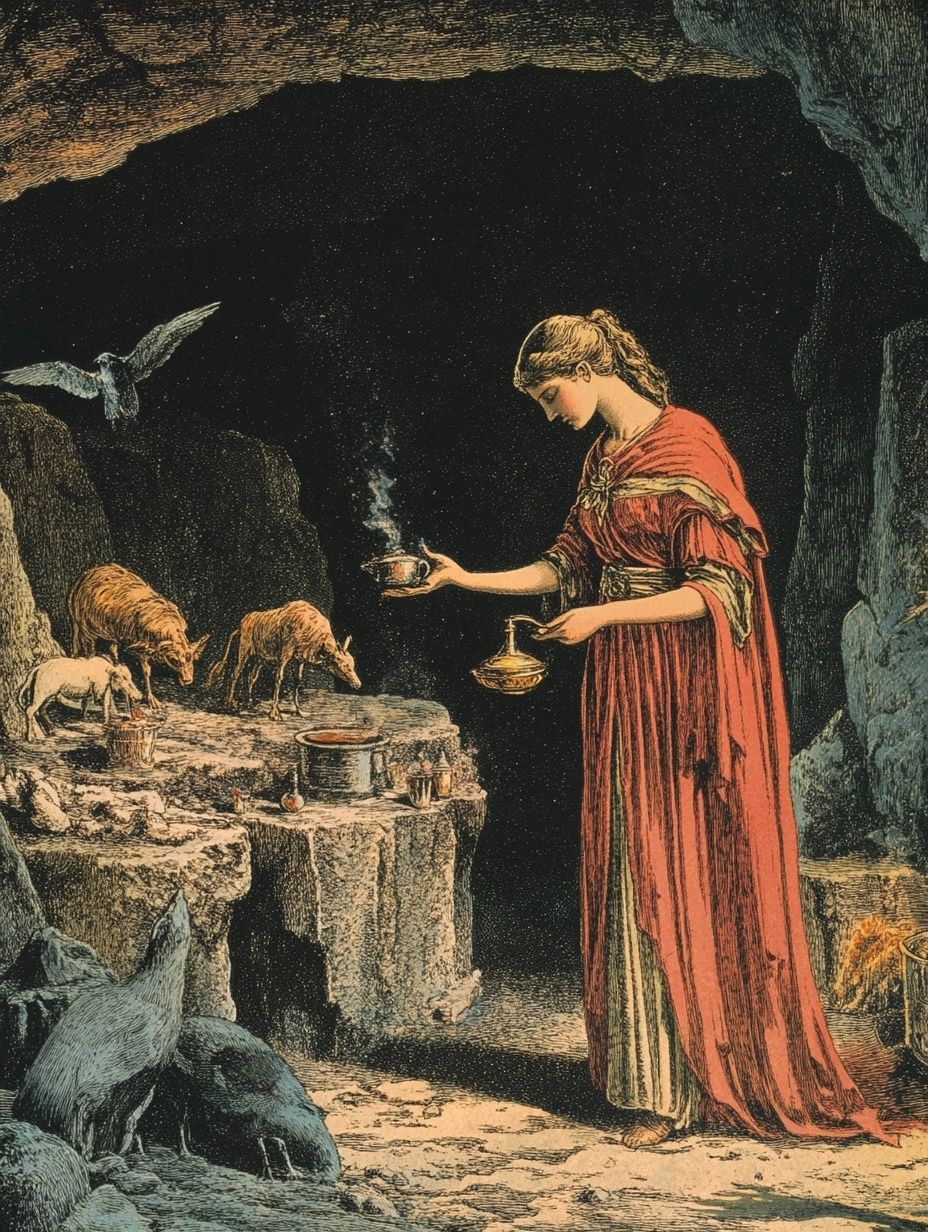
Early Laws and Persecution
Even in these early periods, legal codes addressed witchcraft. Babylon's Code of Hammurabi (c. 1754 BC) outlined penalties for sorcery, one of the earliest documented attempts to control magical practices through law. Roman society also condemned sorcery, particularly when it involved harm or threats to the state. As Christianity began to spread, these attitudes evolved, setting the stage for later conflicts between religion and magical practices.
2. Witchcraft in the Middle Ages (5th–15th Century)
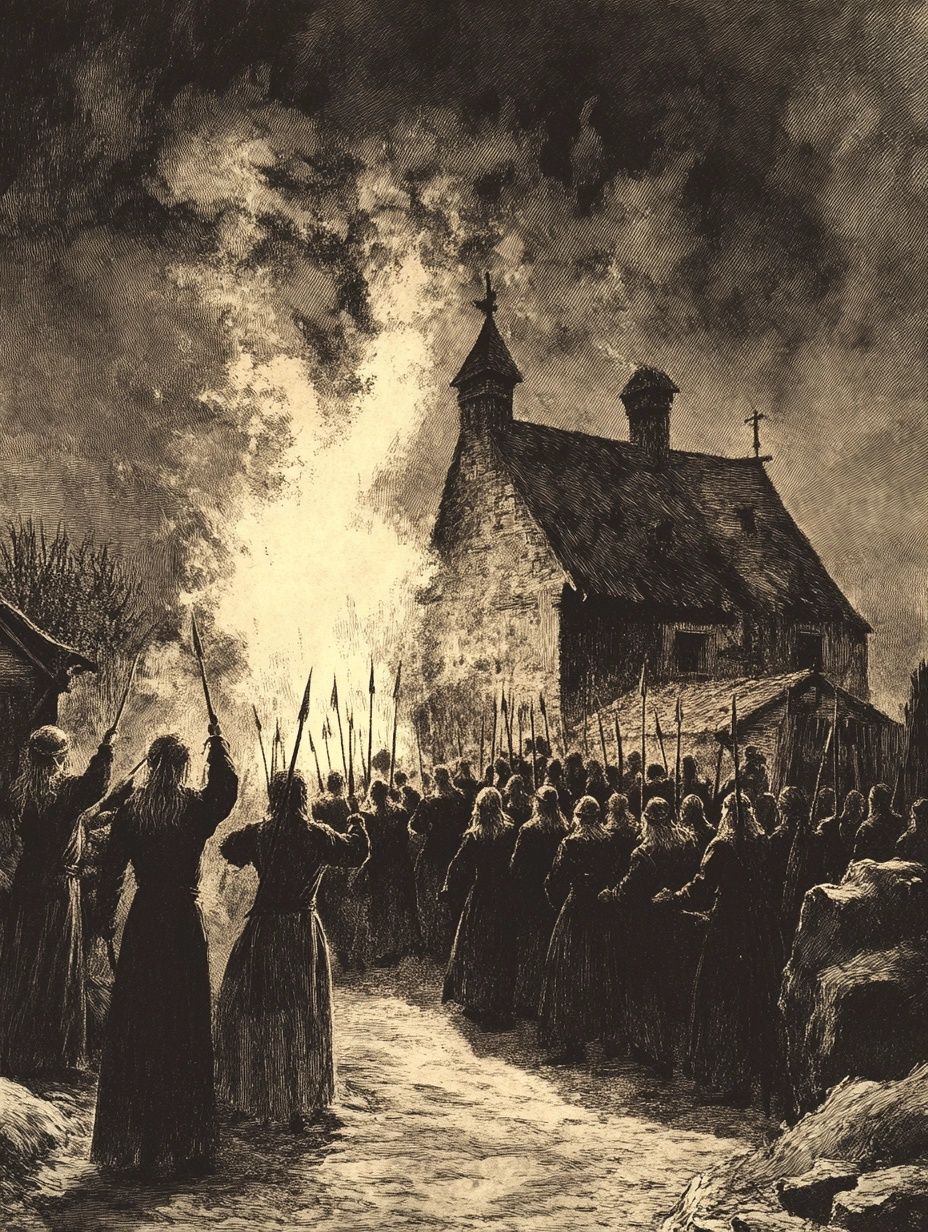
The Devil and the weak
In the belief systems of the early-mid centuries, the Devil wasn't imagined but considered a real and active force, often appearing as a beast, serpent, or a hybrid of human and animal.
His greatest feat was transmitting his spirit into people, animals and even objects to bring destruction. The Devil was believed to seek out the weak because they were seen as more susceptible to his influence.
Christian influence and European witch beliefs
With the rise of Christianity, witchcraft became reframed as a dangerous practice and witches were increasingly seen as agents of evil who had made pacts with the Devil to gain supernatural powers.
In 1484, Pope Innocent VIII issued a papal bull that condemned witchcraft as a form of heresy (a direct challenge to Christian teachings) and called for the persecution of witches.
This marked a significant - and tragic - turning point. The call formalized the connection between witchcraft and the Devil, leading to increased efforts to root out witchcraft across Europe.
The 1487 publication of Malleus Maleficarum (Latin for "Hammer of Witches") by Heinrich Kramer and Jacob Sprenger was one of the earliest and most influential guides for identifying, prosecuting and punishing witches.
And very soon, the hunting of witches would become a widespread frenzy, driven by paranoia and hysteria...
3. Witchcraft in the Early Modern Period (15th–17th Century)
European witch hunts
The Early Modern period was characterized by widespread witch hunts, particularly in England, Scotland, France and Germany.
Thousands of individuals accused of witchcraft, tortured and executed. The infamous Trier witch trials in Germany and the Pendle witch trials in England are a demonstration of how witchcraft accusations often stemmed from societal fears, personal grievances, or community tensions.
More than three-quarters of those burned as witches in Europe were women - often described as old, frail, or insane.
The witchy animal trials
In what seems like the ultimate madness today, between the 15th and 16th centuries, over 100 animal trials were recorded in Europe. Yes literally, real animals were put through human-like trials.
From livestock to vermin, animals were accused of crimes ranging from murder to witchcraft, with trials following formal legal procedures.
Notable cases include a rooster burned at the stake in Basel for laying an egg and rats summoned to court in France for threatening crops.
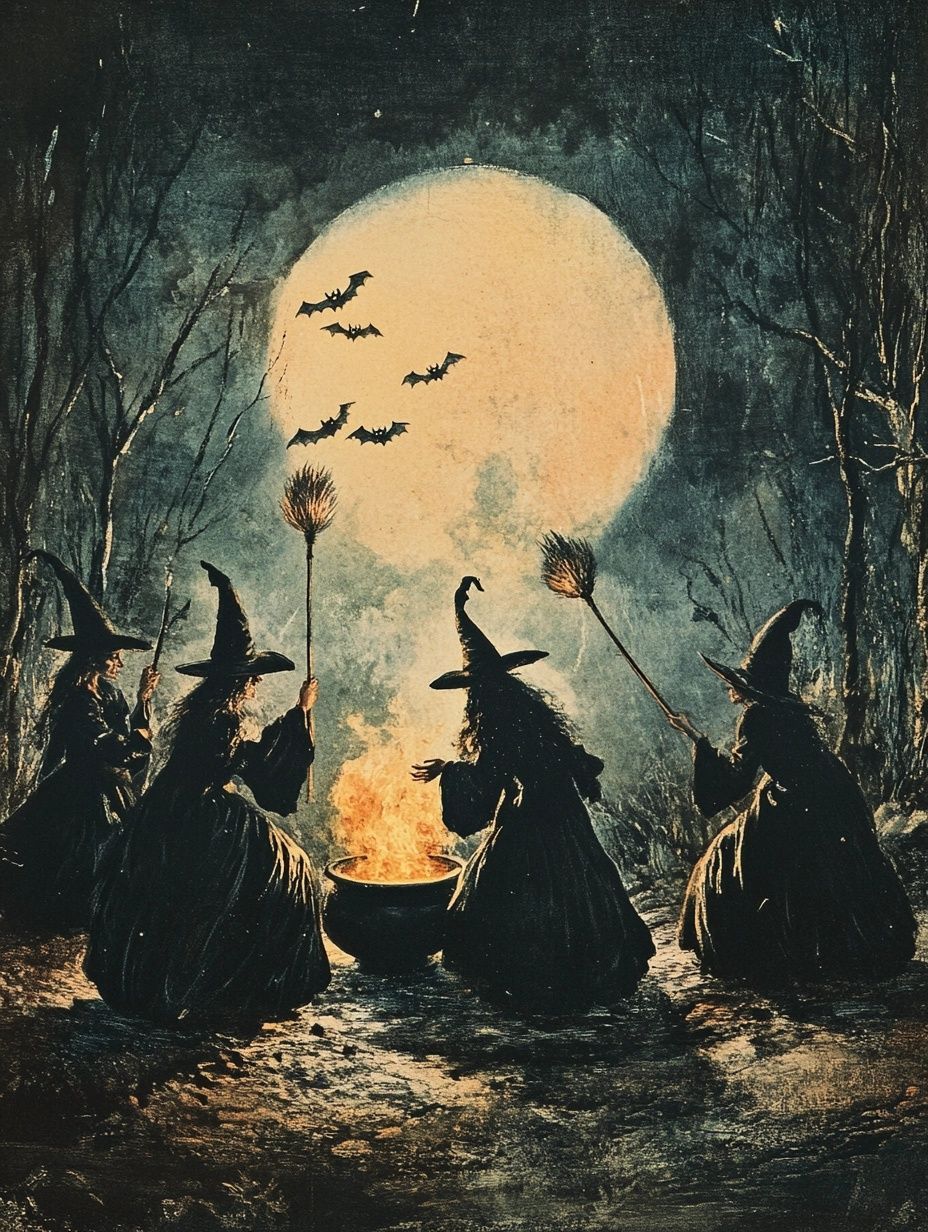
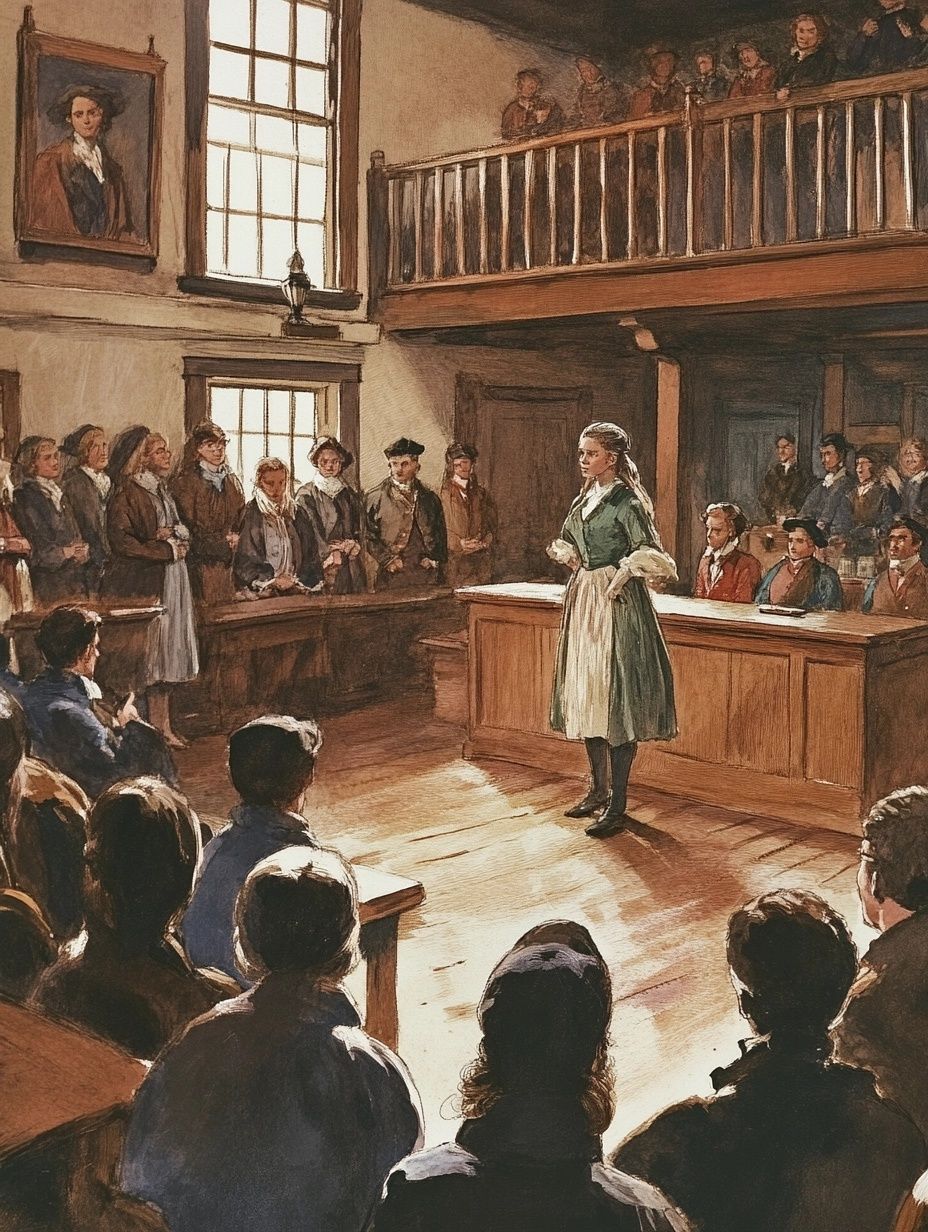
Role of the Church, secular courts & King James in the persecution of witches
Religious and secular authorities worked together to root out and prosecute witches, driven by a mix of fear, superstition and the desire to protect the established religious order.
King James I of England also played a crucial role in witch persecution.
His obsession with witchcraft began with a personal encounter. During his courtship of Anne of Denmark, severe storms wrecked the fleets sent to bring her to Scotland.
James interpreted these events as the work of witches acting under the influence of the Devil and solidified his conviction that witches could manipulate natural elements like storms as tools of destruction.
James's authority helped to lend legitimacy to the fear of witches and his writings laid a foundation for the widespread hunts that followed.
His book, Daemonologie (1597), like the "Hammer of Witches" that came before, provided detailed guidance on identifying witches and justified their persecution, influencing witch trials in England and its American colonies - including of course, Salem and
New England.
The Salem witch trials of colonial America
The Salem witch trials of 1692 were the most infamous witch persecutions in colonial America. The use of "spectral evidence," or testimony that a person's spirit had been seen committing witchcraft, fueled paranoia. Nineteen people were executed, and the trials marked a turning point as public sentiment began to shift against such extreme measures. Unlike Europe, where witches were often burned, in America, hanging was the common form of execution.
4. The evolution of witch folklore - from myths to legends
In the context of folklore, witch stories from ancient civilizations like Egypt and Greece are classified as myths - cultural narratives that deliver lessons through symbolic characters.
These myths are designed to illustrate moral lessons or showcase divine influence. They served as allegorical tales rather than reflections of real historical events.
In contrast, the stories that emerged during the Middle Ages are rooted in legends and superstitions, which were based on very real events and fears.
People of this era witnessed (often first-hand) the persecution of those accused of witchcraft and the anxiety surrounding these trials led to the creation of stories that, while often distorted, were believed to have happened.
These tales transformed actual experiences into legend, blurring the line between reality and folklore.
At this time, witches were being depicted as dangerous figures capable of transforming into animals or using animal "familiars" -creatures like black cats, rats and toads believed to be physical manifestations of demonic helpers.
Woodcut illustrations and literature portrayed witches gathering in secret Sabbats, brewing potions and flying on broomsticks, creating iconic images that would last for centuries.
Superstitions about witches became more widespread as fears intensified. Fueled by influential figures and the Church, many believed that witches could control the weather, destroy crops, harm livestock and cause illness.
As a response, communities turned to protective rituals and charms - often religious symbols, herbs, or items like mountain ash beads - in an effort to protect themselves against the supposedly dark, powerful forces that they could not see.
Discover
all the types of witchcraft and their folkloric roots here.
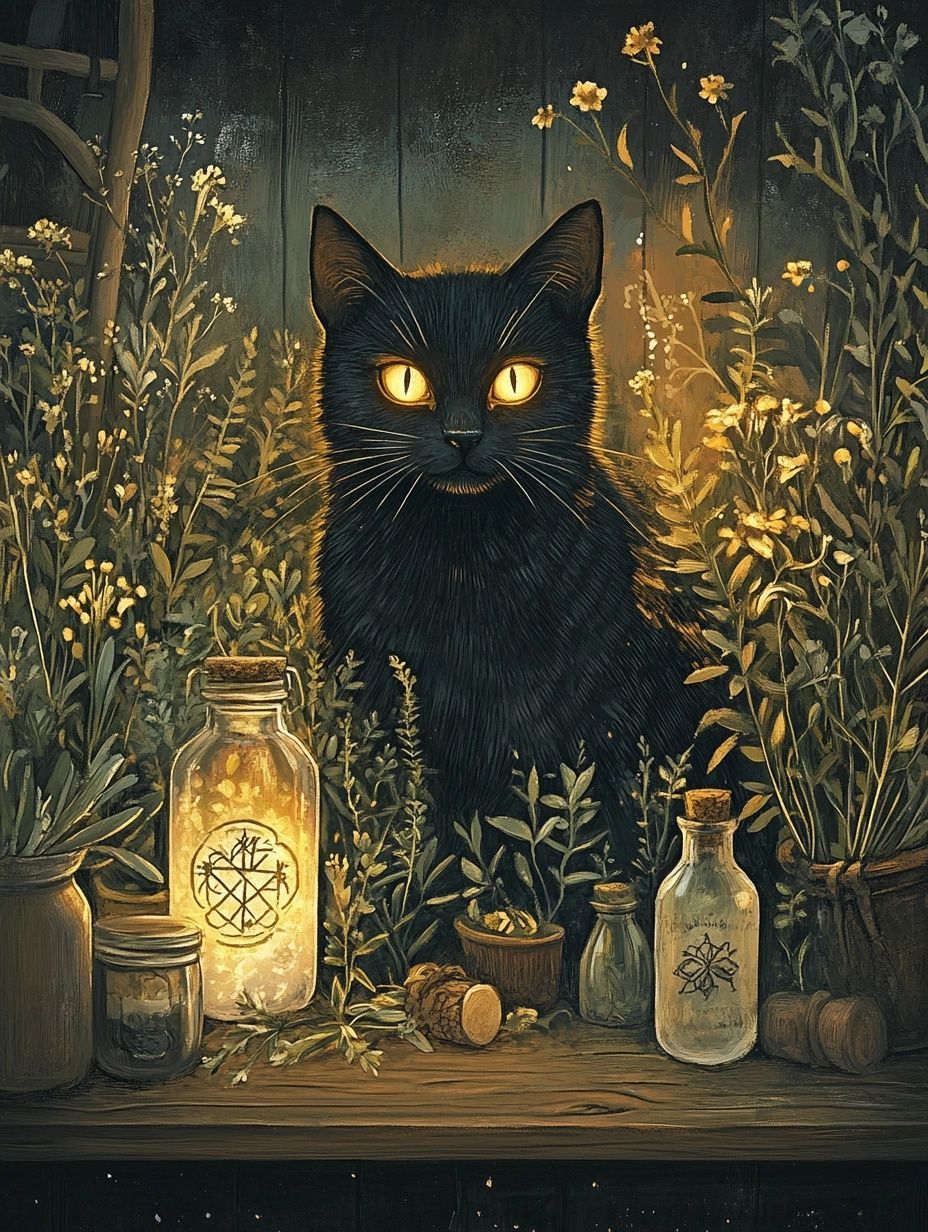
5. Witch folklore outside Europe

While European witchcraft dominates much of historical discussion, stories from witch folklore have deep roots in cultures across the world.
- Africa: In many African societies, witches are believed to wield dark powers. Shamans and spiritual healers, while often lauded for their ability to mediate between the spiritual and physical worlds, were sometimes accused of using their powers for harm, creating a fine line between healer and witch.
- Asia: Chinese and Japanese traditions often portrayed witches as mystical figures tied to both healing and destruction. In Chinese folklore, witches were believed to summon spirits or curses, while Japanese stories frequently feature onmyoji - practitioners of occultism who blended divination with supernatural control.
Common witch themes across cultures
Despite geographical differences, certain themes recur in witch folklore worldwide:
- Healers and midwives: Witches were often feared and respected for their knowledge of herbal medicine and midwifery.
- Weather control and curses: Stories of witches causing storms, droughts, or other natural disasters appear across cultures.
- Animal familiars: The association of witches with animals, such as cats, toads, or serpents, is a universal trope. These creatures were often believed to act as spiritual intermediaries or extensions of a witch’s power.
6. Witch folklore in modern contexts (19th century to present)
Romanticizing witches
In the 19th century, following the age of enlightenment (where people finally realised that perhaps what they were doing wasn't the right thing after all), witch folklore began to shift away from fear and persecution toward fascination and mysticism.
The Brothers Grimm collected fairy tales that featured witches as complex figures (and these would of course later go on to become familiar characters in many Disney movies).
This period saw witches being portrayed as symbolic characters rather than purely evil beings. The Victorian era, with its interest in the occult and spiritualism, further romanticized witches, showing them as mysterious figures connected to forbidden knowledge.
Witches in modern pop culture
In the 20th and 21st centuries, witches became central figures in popular culture, appearing in books, films and traditions like Halloween.
Famous stories like The Wizard of Oz and Harry Potter have portrayed witches as magical and often misunderstood beings. While other representations, like the movie Hocus Pocus, leaned into more exaggerated depictions of witches as caricatures.
Modern reinterpretations, like the Wicca movement, have tried to reclaim witchcraft as a nature-based and inherently good, spiritual practice.
Witches have become symbols of empowerment, independence and resistance, blending old myths with new meanings and challenging their historical portrayal as dangerous outcasts.
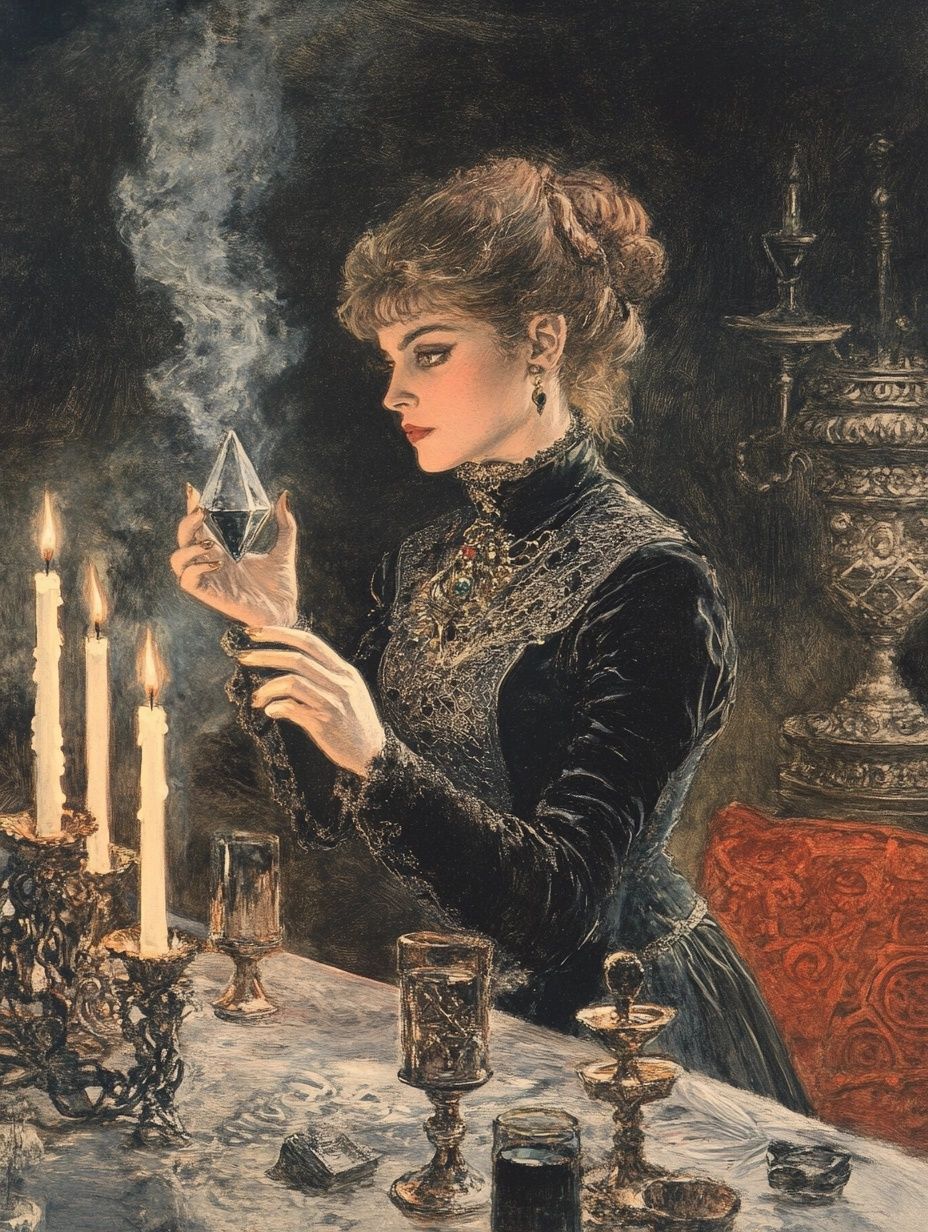
"Witches" have been part of human storytelling for a long time. A really long time. From the mythical tales of ancient civilizations to the twisted accusations of real people that took a nasty, dark turn, witch folklore offers a fascinating - and frankly alarming - glimpse into our past.
But the hysteria that erupted in the Middle Ages isn't as far removed from today as we might like to think. With constant news and media sensationalism just a click away, it's a good reminder of how easily fear can spiral. When it comes to what you hear or read, always think before reacting - what seems "right" today might be proven horribly wrong tomorrow.
Article sources
- Gemmill, William Nelson. The Salem Witch Trials: A Chapter of New England History. Chicago: A. C. McClurg & Co., 1924.
- Currier, John McNab. "Contributions to New England Folk-Lore." The Journal of American Folklore 4, no. 14 (1891): 253-256. Published by American Folklore Society.
- Kittredge, George Lyman. Witchcraft in old and New England. Harvard University Press, 1929.
- Rowlands, Alison. "Telling witchcraft stories: New perspectives on witchcraft and witches in the early modern period." Gender & History 10, no. 2 (1998): 294-302.
Explore more witchcraft & magic folklore
Humans have been turning to blessed and sacred objects since the dawn of time. Get a full intro here.


